
Most photographers are afraid to shoot at night and it's not because they are afraid of the dark, it's because they don't know how the basics of shooting at night.
I have to admit there was a time when I would wait until sunset to shoot; there are 24 hours in a day I want to shoot all the time! But when I figured out the basics of shooting at night, I got the fever. This post is 100% dedicated to why I love to shoot after the sun goes down.
As always I will let the image tell it's own story and I will elaborate on the inspiration behind the shot or maybe the technical aspects And since I began this post by stating most photographers are afraid to shoot at night, I will try and break down the technical aspects of night photography so you too can get out and explore night photography.
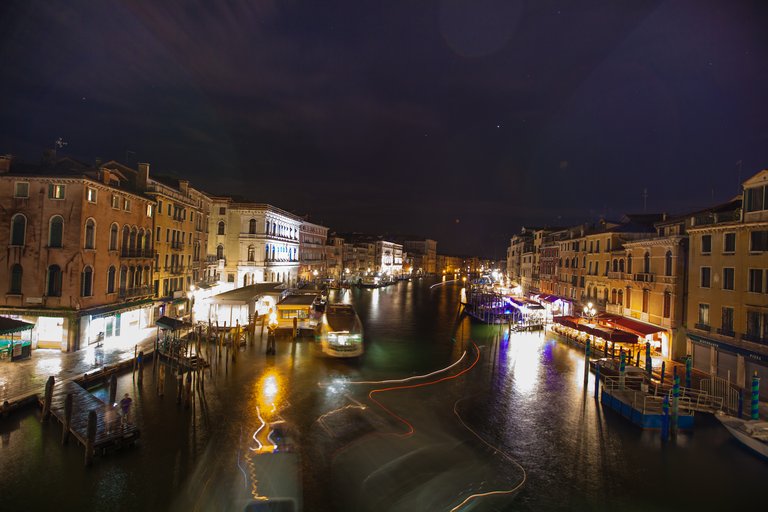
You never know what you're going to get when shooting at night. The naked eye can't see what the camera is capable of producing. Put your camera on a tripod or carefully balance it on something solid and open dial in a 30 second exposure...and try to be patient during that 30 seconds. It's not easy for me to be that patient, I want to see what happened.
The above shot was taken in Venice, Italy at the Rialto Bridge Some might say, "Well, there's a lot of noise and it's shaky as hell looking" or they might say, "Yeah, it's cool but there's some sort of weird flare and parts are blown out."
All really good points, but I love the mistakes. It's the unknown. Sure after the shot was taken I took the time to correct the exposure for a second shot, but it didn't turn out lively like this one.
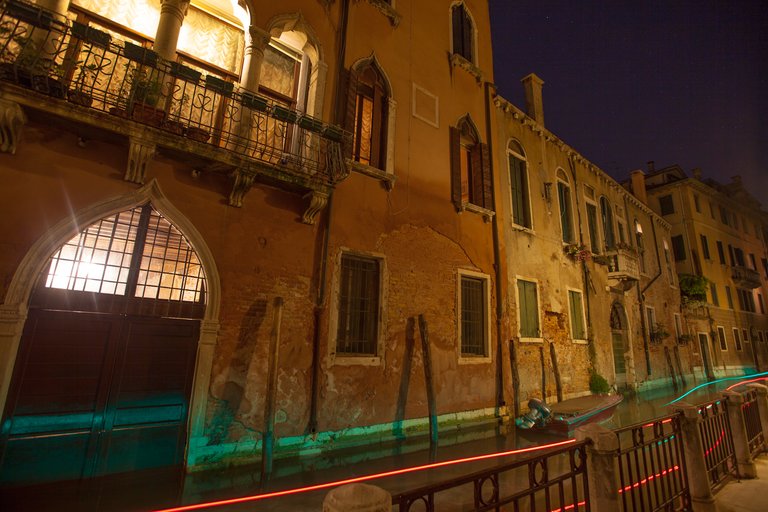
I'll show another from Venice. Here I was walking in the total darkness along a canal. I could hear a boat in the distance and quickly set up my tripod and dialed in what I thought would be a correct exposure. After you have been doing night photography a few times, you sort of know what an approximate exposure will be. I knew I wanted to see the lights from the boat over 30 seconds. This is what happened.
The blue and the red lights. This is sort of an unpredictable light painting exercise.
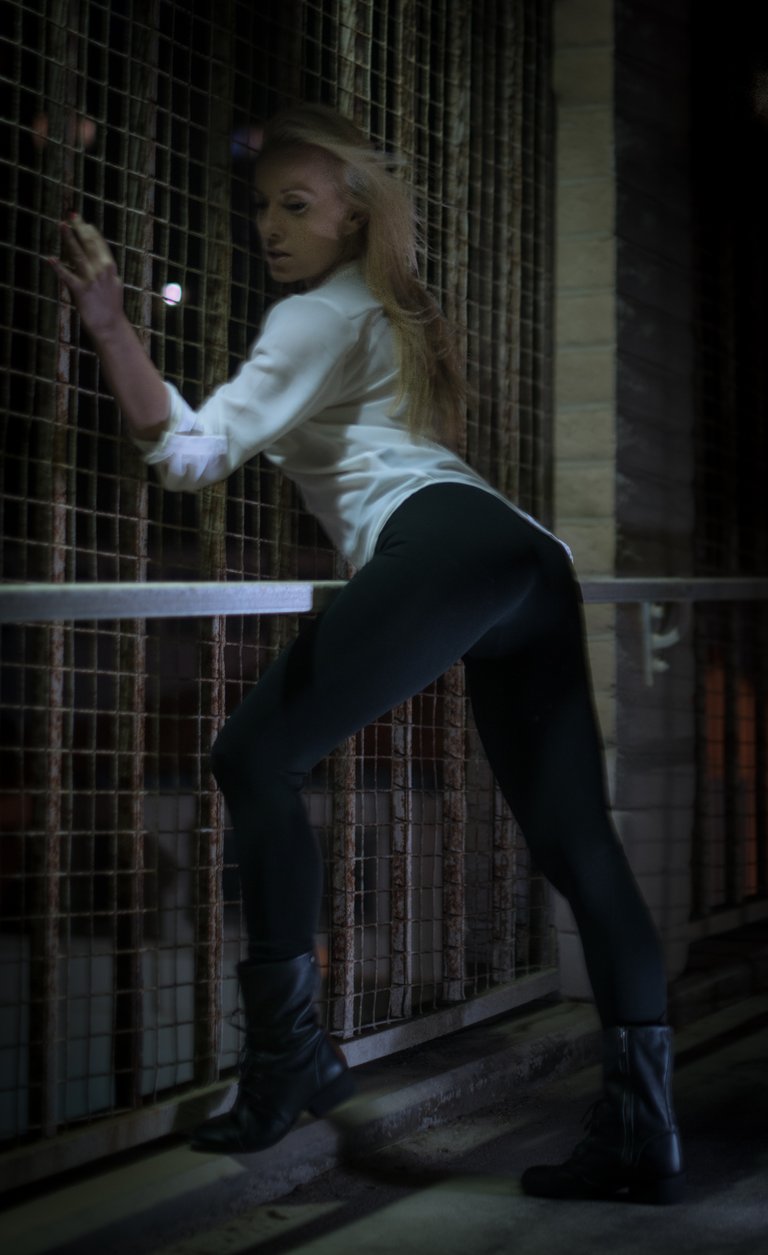
Two of the biggest problems shooting hand held at night is motion blur and noise. If you want to freeze an image there's a general rule of thumb I go by that will work most of the time.
Your shutter speed should be no slower than your focal length
Example:
50mm lens = 1/50 second minimum
Don't go any slower than 1/50 of a second if you're shooting with a 50mm lens. Could you go 1/25 of a second? Sure, if you're rock solid.
This rule really comes in handy when shoot telephoto.
Example:
105mm = 1/100 sec.
If you go slower than that, you're probably going to get motion blur.
Notice the motion blur in this shot. And it's a bit noisy (high ISO)
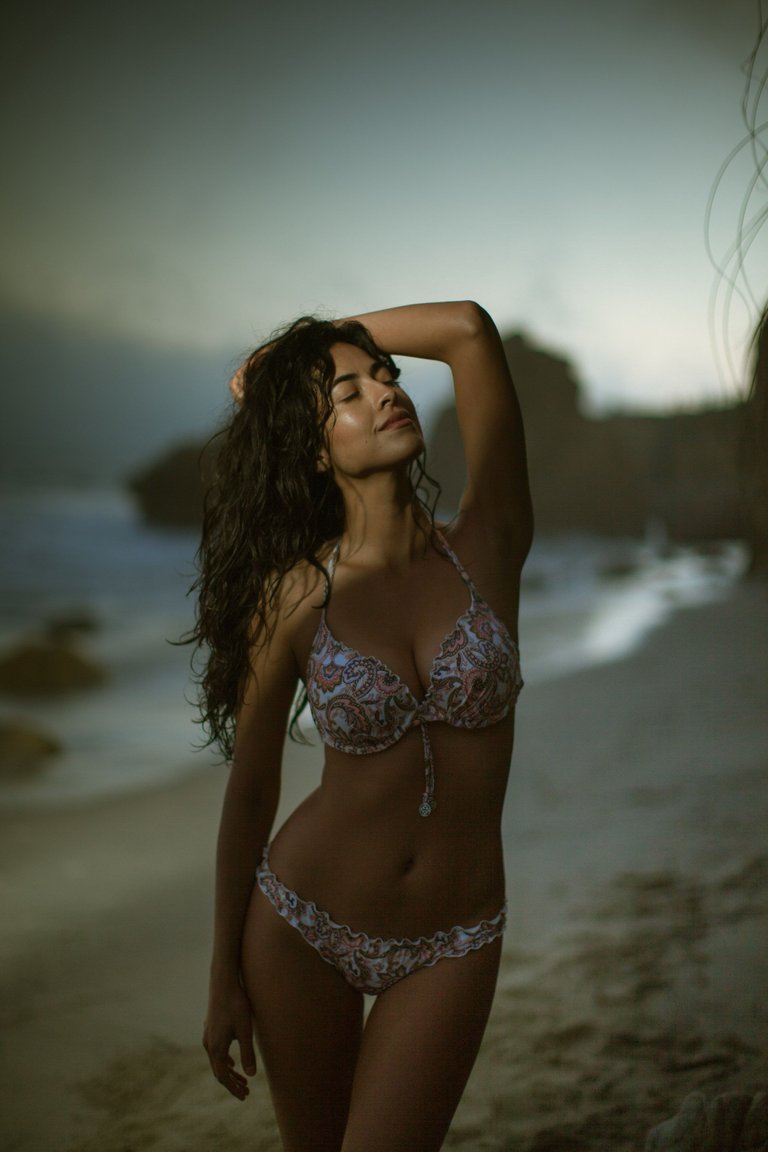
A mix of strobe light and natural light at night can be fun. You know whatever the strobe hits will freeze the subject, the ambient might be noisy or have blur. This is where it can get fun.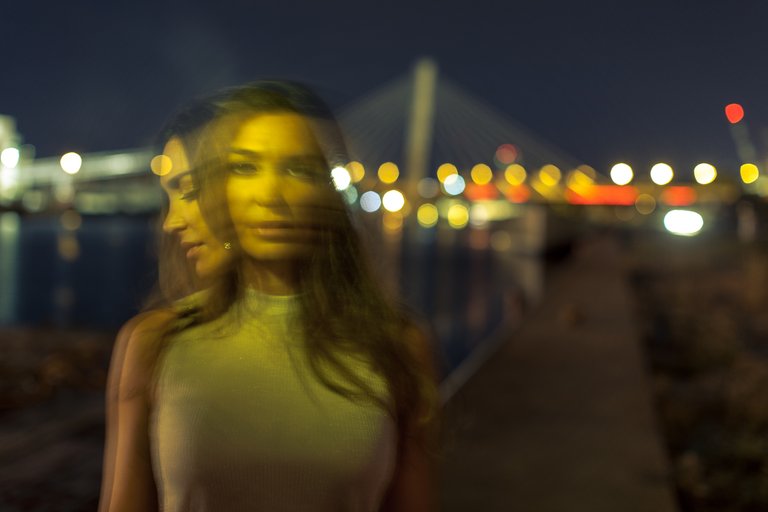
Then there are other times you want motion blur. Fuck the rules is what I say. I don't need some stinking clown on Facebook to tell me my image is blurry. "Yes, that blur was on purpose!"
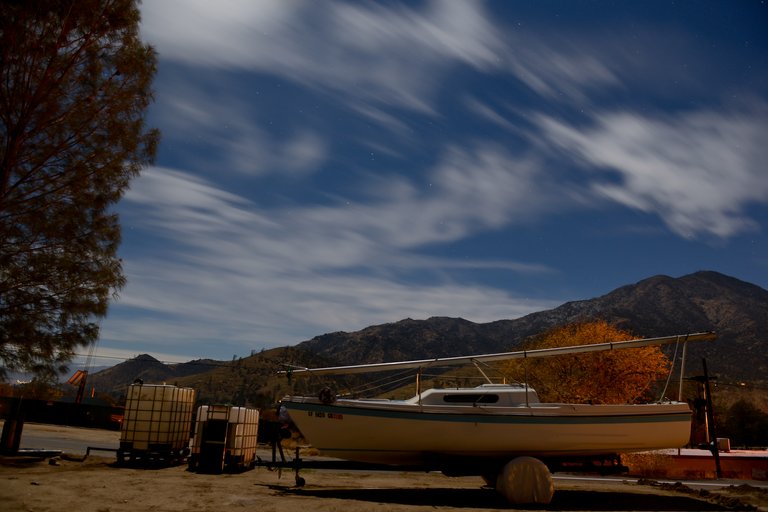
An example of motion in the sky and perfectly sharp everywhere else. I find that if the exposure is longer than say one minute clouds don't look all that pretty. But maybe you will find two minute cloud shots gorgeous. Try it and let me know how it turns out.
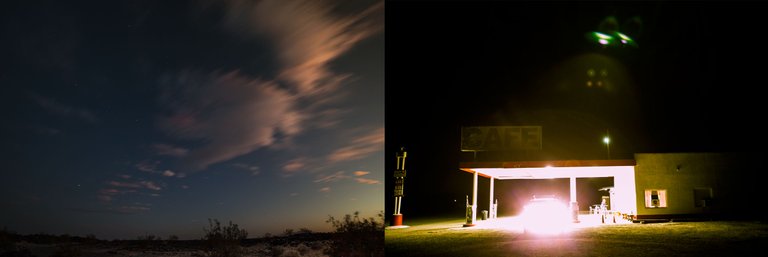
Shoot just after the sun goes down for practice if you're just starting out. Take your time. Really think about each technical aspect of the camera. Shutter, aperture, ISO, white balance.
I love blown out images and lens flare "Look, it's a double flare!!!"
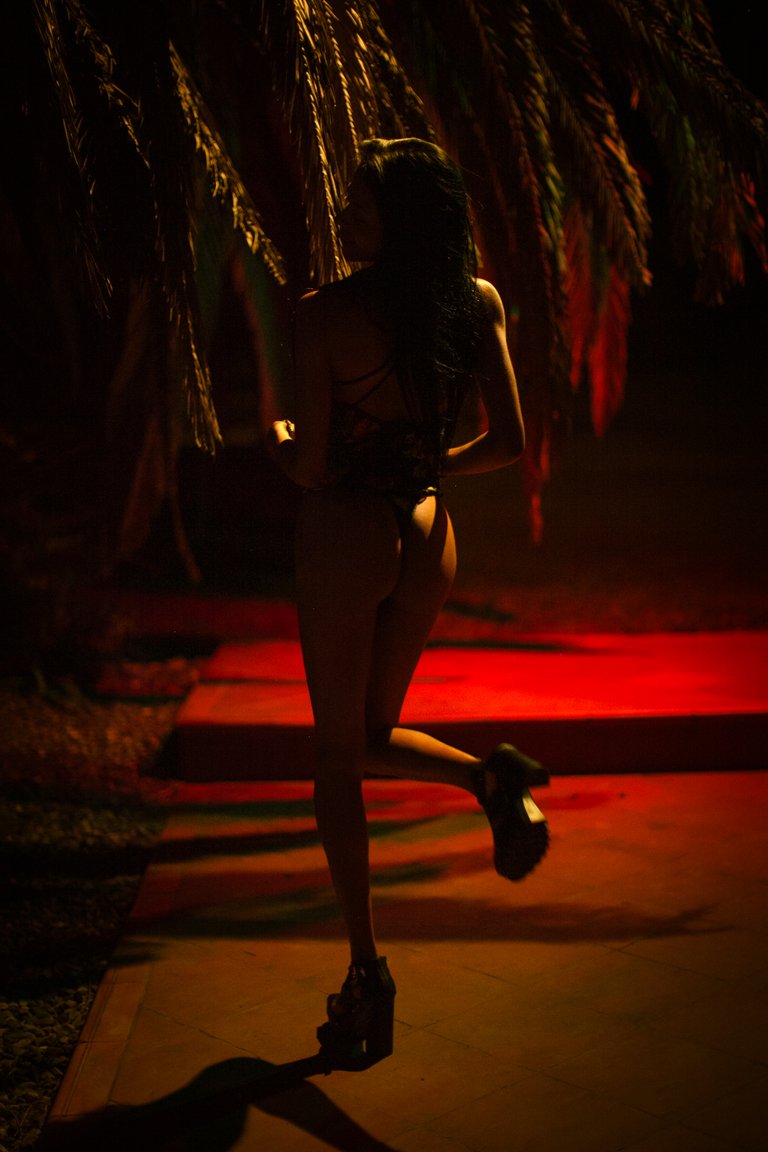
Shooting a model at night can be fun. Sure this image is noisy. I really had to bump up the ISO in this one so I didn't have any motion blur. But just find a continuous light source and have fun.
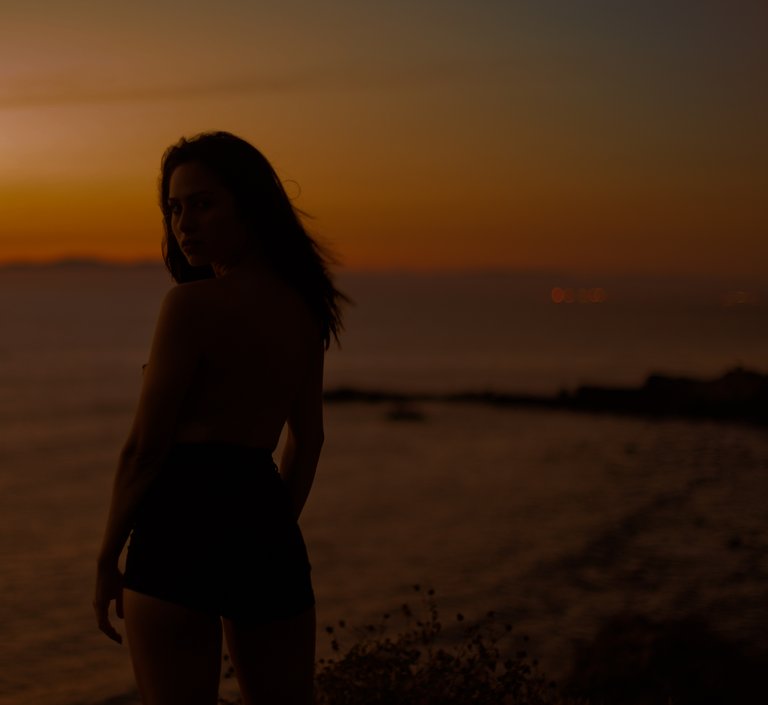
The sun had clearly gone down for a long time. I thought shooting was over, but I am super steady when it comes to hand held. I get a karate type stance to firmly plant my body in the ground and hold the camera tight to my body, exhale and then press the shutter....prey. Take 3 or 4, one will come out. One of my favorite images taken of a famous model in LA.
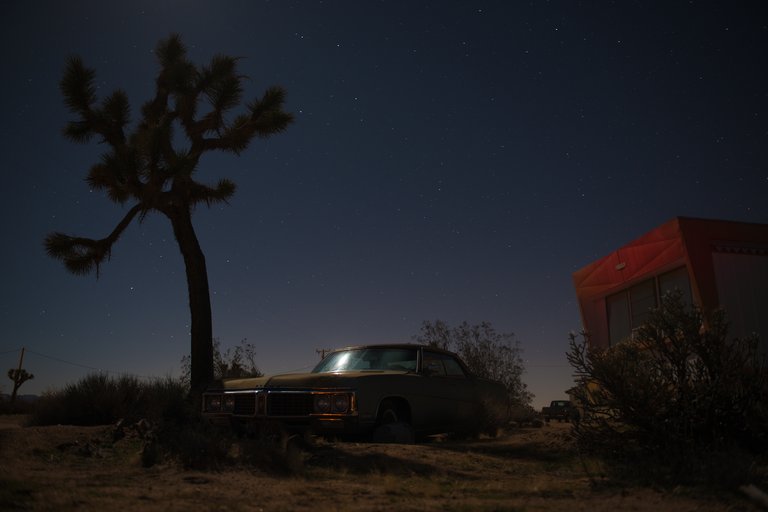
The moon can be your light source. Full moon works best and tripod is a must. Wide angle works best for my taste. It's sort of landscape style, but the moon produces some interesting shots.
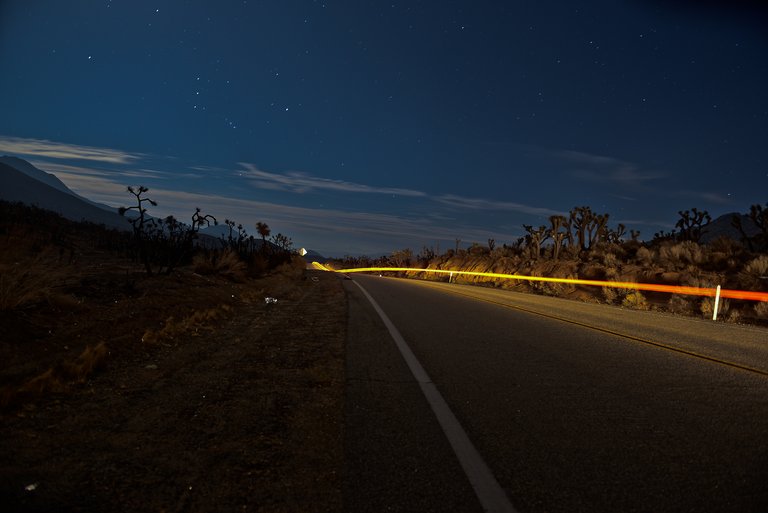
Here's one on Hwy 78 going up to the Sequoias. It was pitch black!!!
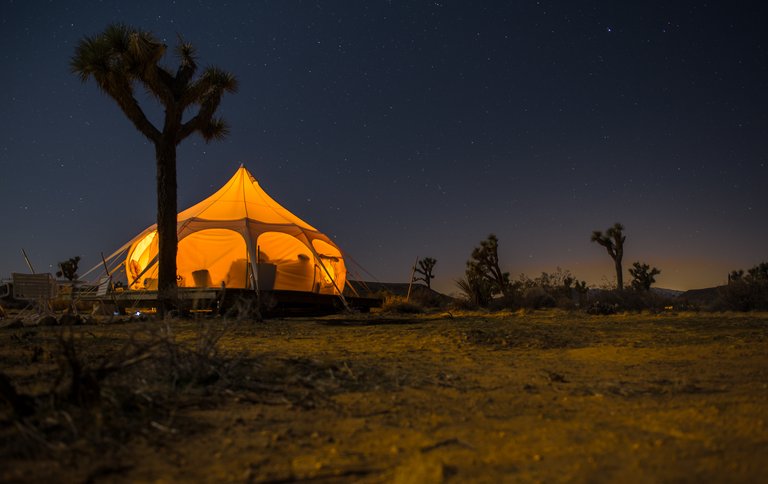
Glamping in the desert.

Sometimes people get ghostly.
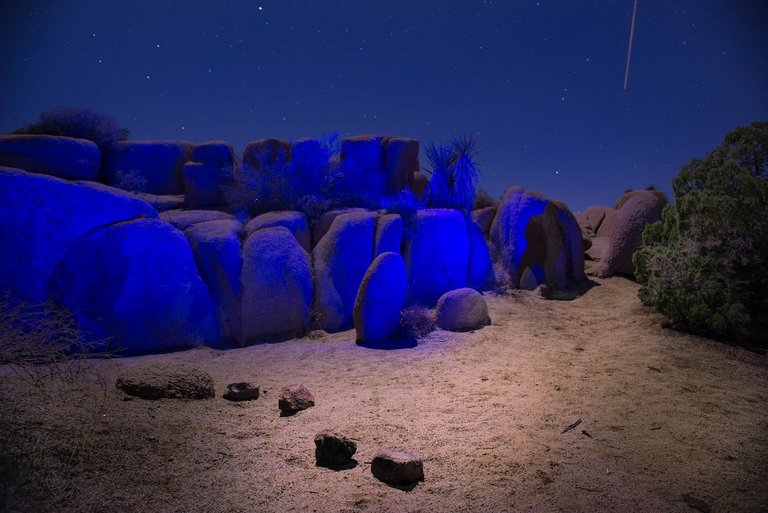
A mix of moonlight and light painting with blue light. Look at that satellite in the distance. Groovy!!!!
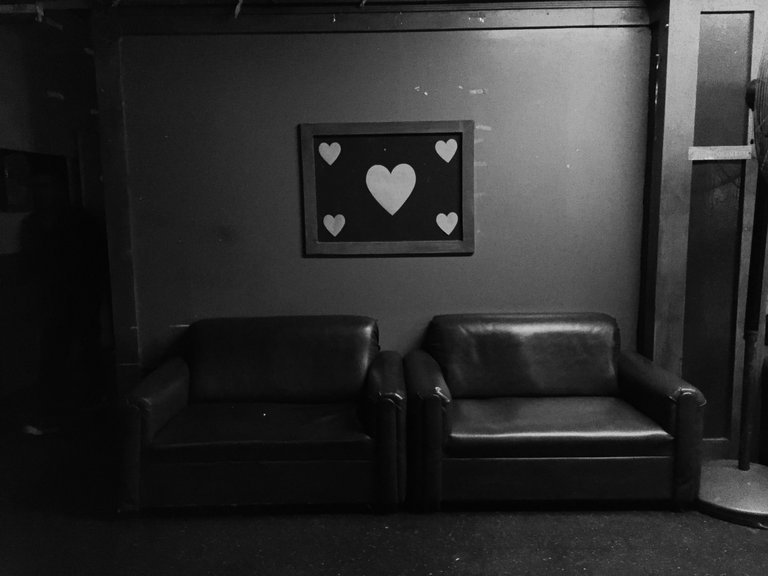
I walked into a weird bar in downtown LA. It turned out to be a Mexican whore house. It was a bit scary, so I grabbed a shot of these weird couches and got the hell out.
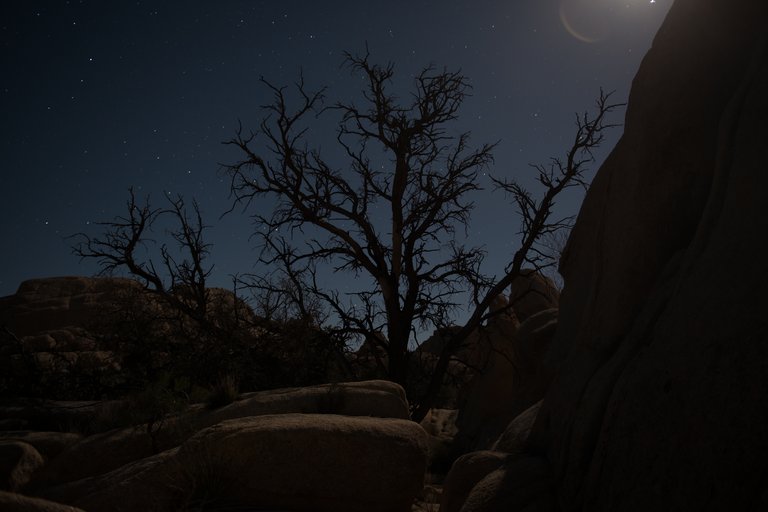
Shooting into the moon in the total darkness somewhere off Hwy 60 in the Mojave desert.
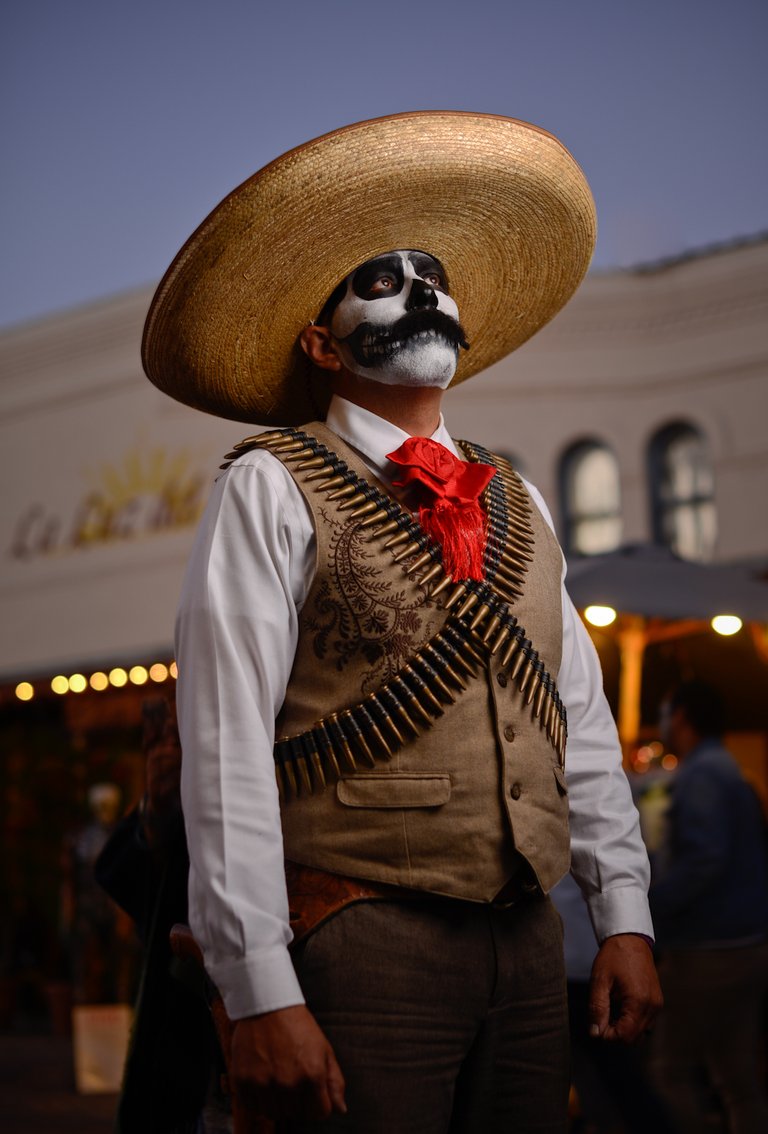
Is this really night photography ? It was taken at night. I used a 36" octabox.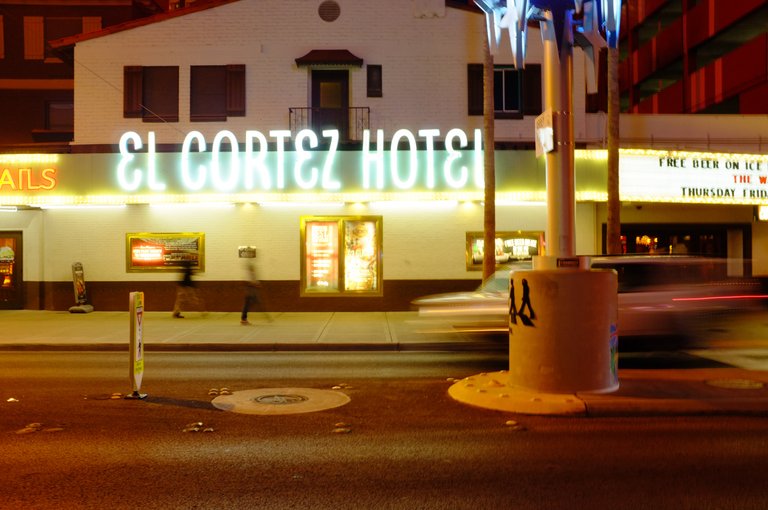
This was hand held for one second.

Pure fun.
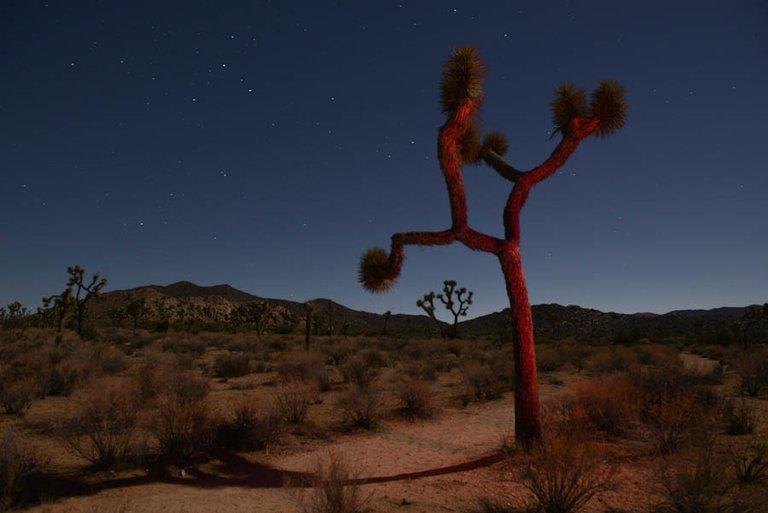
This was my first attempt at light painting. I was hooked after this.
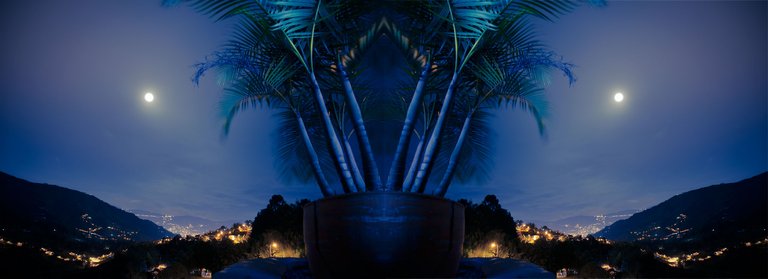
So Steemians!!!! This concludes my post about night photography fever. I gots the fever my friends. What are you into??
Thank you for your post. :) I have voted for you: 🎁! To call me just write @contentvoter in a comment.
@contentvoter Call you? Hahahahahaha
heck ya, long exposures are sick! NEW FOLLOWER!
Maybe I will change the tag line to "Sick Long Exposures"
PS I have been to Puerto Escondido. The surf is super technical...don't kill yourself. Great place to shoot. It's small so you'll figure out all the spots. Meet some locals to take you around.
very stunning pics. God bless your talent!!!